When to Fertilise Your Lawn: A Seasonal Guide
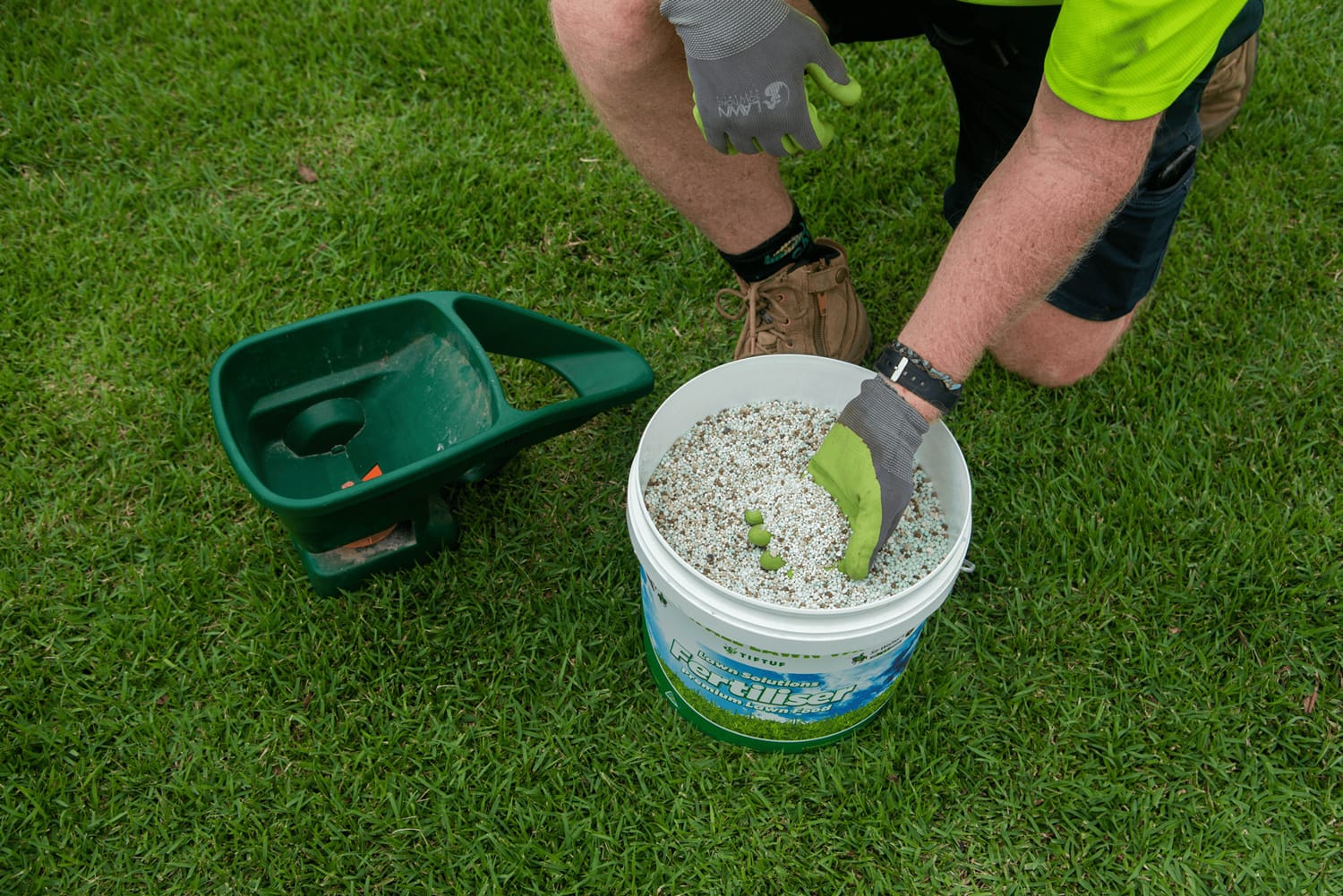
19 June 2024
Introduction
Fertilising your lawn is a necessity! It keeps your healthy green lawn looking amazing all year round. In this blog we discuss tips on seasonal lawn care and when to fertilise lawn.
Understanding Your Lawn’s Needs
Application Guide for Lawn Solutions Fertiliser
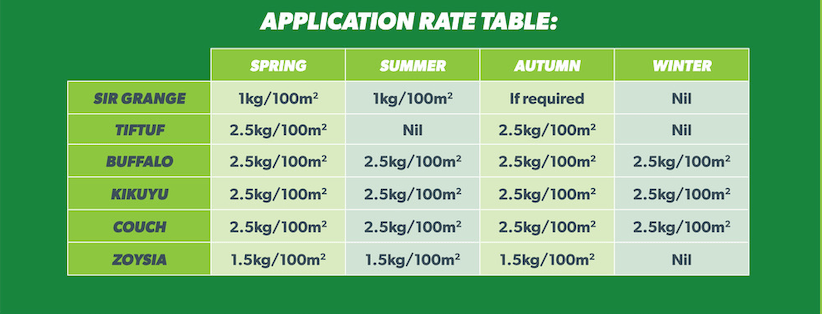
Application Guide for Exceed Liquid Fertiliser

Completing a soil test on your lawn can help you assess what nutrients your lawn & soil needs to ensure you are applying the correct fertilisers for your lawns requirements.
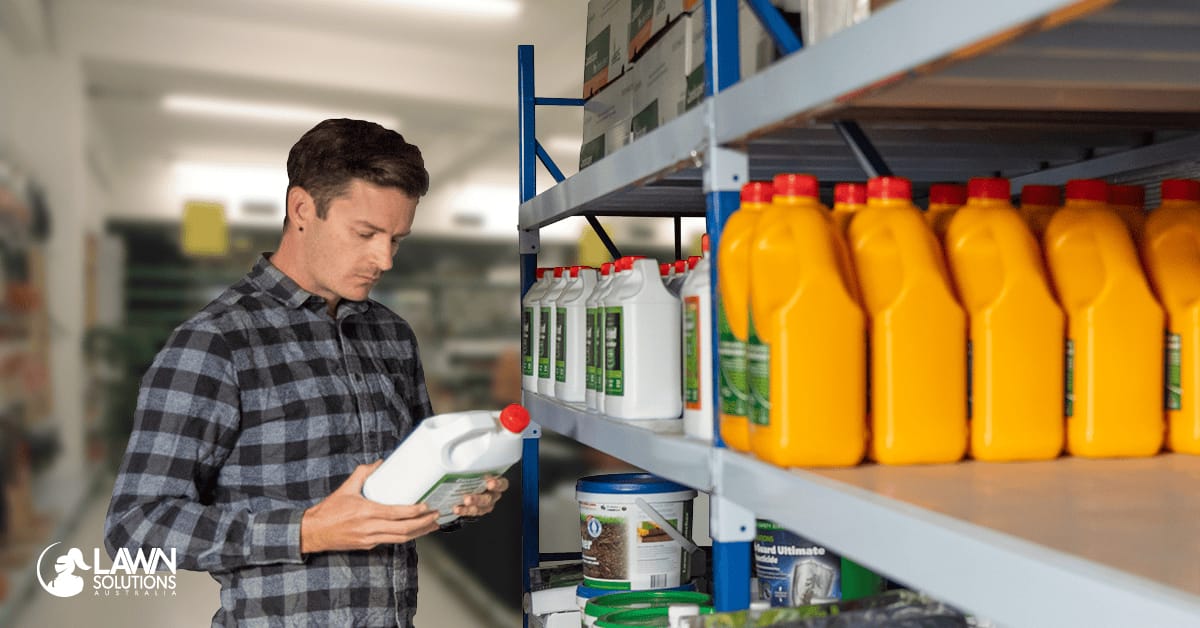
Best Times to Fertilise Your Lawn
Spring Fertilisation
Early Spring vs Late Spring – For the first application it is best to apply in late spring just as your lawn is beginning to actively grow. Early spring is when your lawn is putting all it’s energy into root development so if you apply fertilisers too early then it will divert your lawns energy into leaf development too soon.
Spring is such an important time to fertilise, as your lawn is coming out of winter dormancy. Fertiliser applications will assist your lawn to jump into growth as the weather begins to warm up.
Types of Fertiliser
- Granular Fertilisers – Recommendation Lawn Solutions Fertiliser Premium Lawn Food
- Liquid Fertilisers – Recommendation Exceed Liquid Fertiliser or Iron Guard Plus
- Natural Fertilisers – Recommendation Lawn Kelper

Summer Fertilisation
Summer fertilising can help your lawn maintain an even growth pattern. If you fertilised in spring, it’s now likely time for another application. Most slow release fertilisers available on the market will provide nutrient uptake for up to 12 weeks. If you fertilised late spring, then now is a great time for a top up.
Avoid burning your lawn, do not fertiliser when daytime temperatures reach over 30c. Wait for the temperatures to cool down.
Types of Fertiliser
- Granular Fertilisers – Recommendation Lawn Solutions Fertiliser Premium Lawn Food
- Liquid Fertilisers – Recommendation Exceed Liquid Fertiliser or Iron Guard Plus
- Natural Fertilisers – Recommendation Lawn Kelper
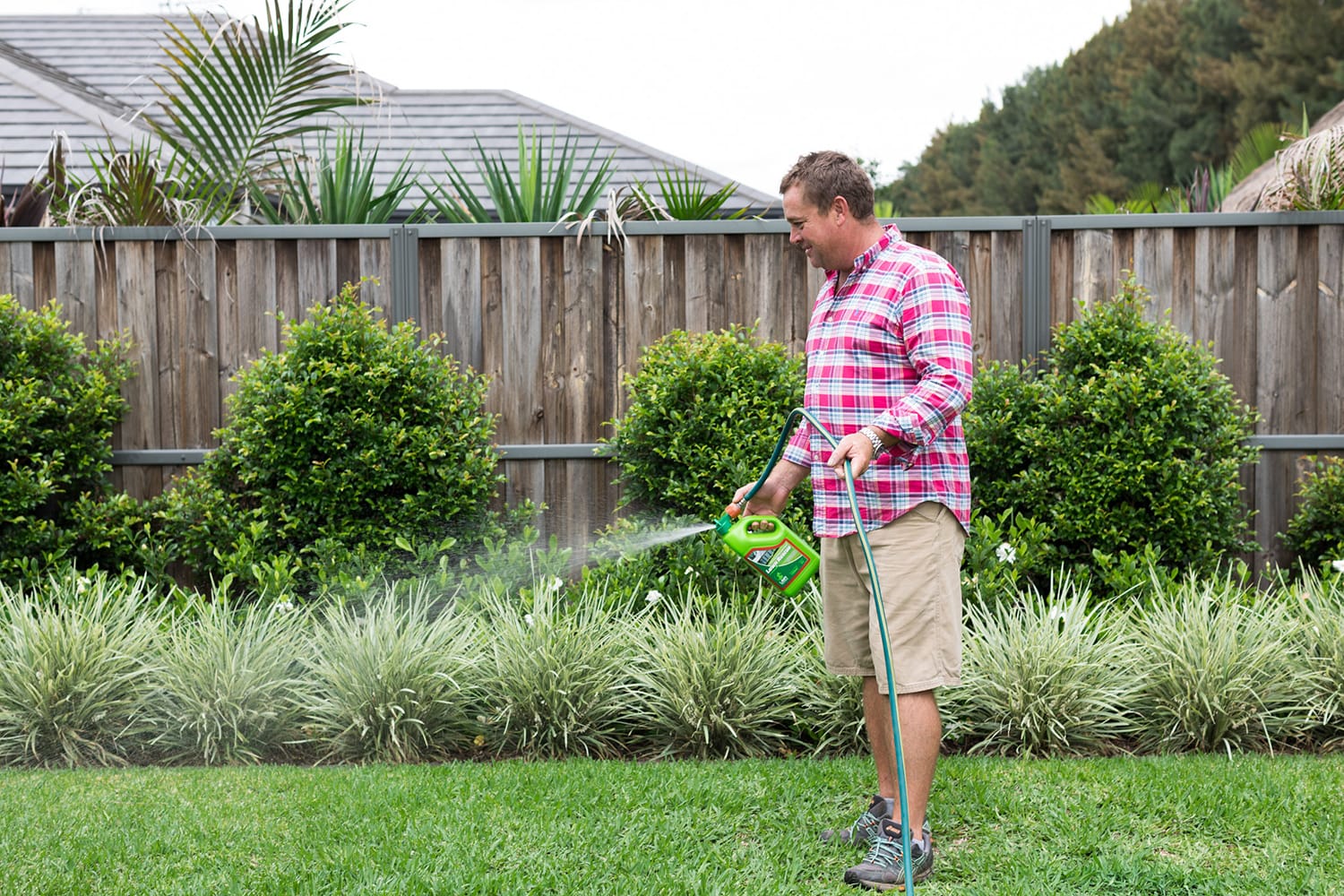
Autumn Fertilisation
During the months of April-May, the temperatures begin to cool down and your lawn shifts it’s focus from growing leaf to root development. Apply a balanced fertiliser during early autumn to help strengthen the roots making your lawn more resilient to the upcoming cooler months.
Types of Fertiliser
- Granular Fertilisers – Recommendation Lawn Solutions Fertiliser Premium Lawn Food
- Liquid Fertilisers – Recommendation Exceed Liquid Fertiliser or Iron Guard Plus
- Natural Fertilisers – Recommendation Lawn Kelper

Winter Fertilisation
There are definitely benefits to fertilising your lawn during winter. Once our soil temperatures drop below 14 degrees Celsius your grass will start to dlow down and go semi-dormant for the upcoming cooler months.
Types of Fertiliser
- Liquid Fertilisers – Recommendation Exceed Liquid Fertiliser or ColourGuard Plus
Exceed Liquid Fertiliser as increased amounts of Potassium and Iron. Postassium is great for providing strength to the whole plant and helps cell function. Iron is great for strengthening your grass as well as improving leaf colour.
ColourGuard Plus will help improve your lawns colour and apperance during the colder months.
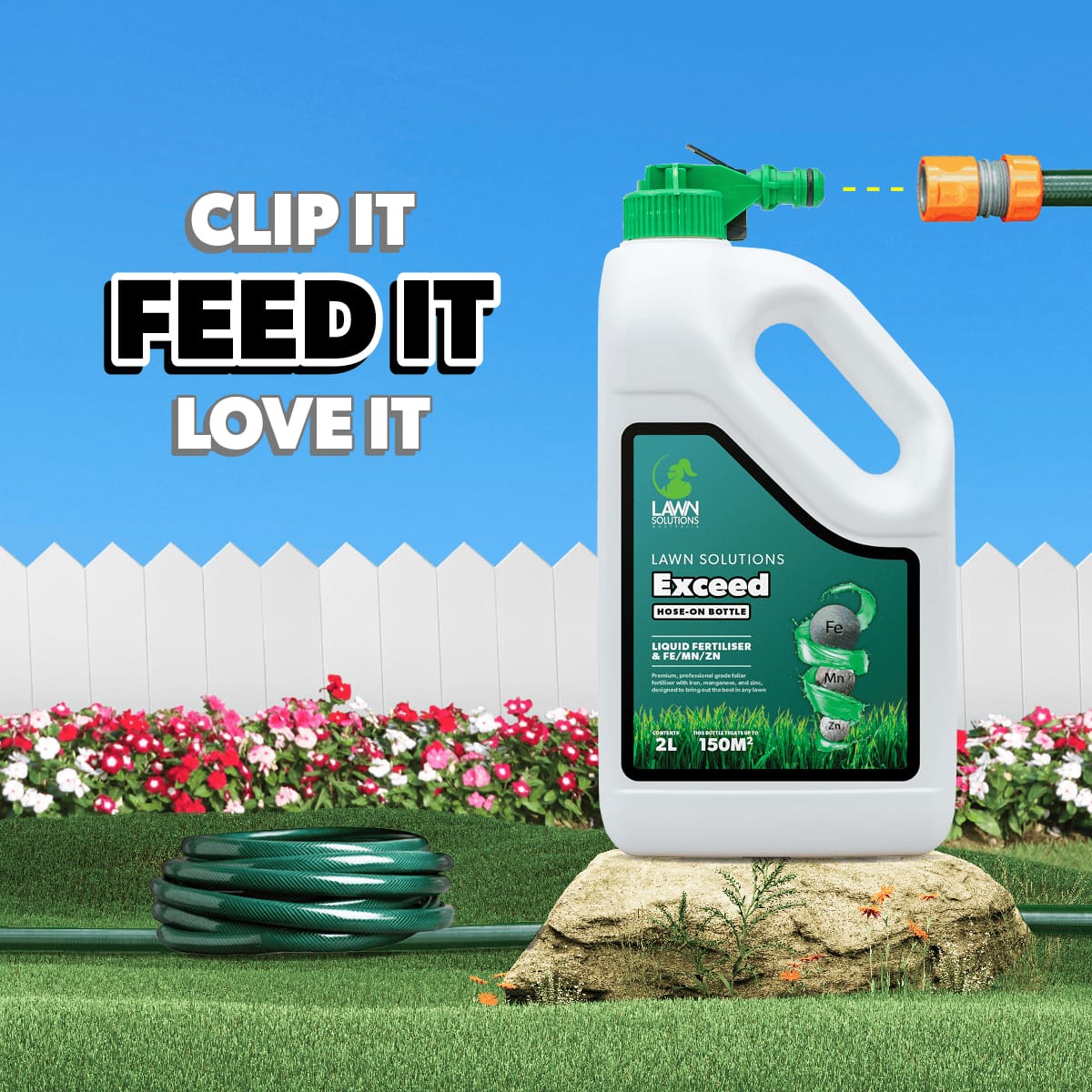
Frequency of Lawn Fertiliser
You want to make sure that when you fertiliser your lawn that you are applying it at the right time of the year to make sure you get the most out of your fertiliser.
The most common warm season varieties like couch, kikuyu, zoysia and buffalo love to be fed around mid-spring. Another around Australia Day in summer and then again around Easter or Anzac Day in Autumn this will help boost your lawn before heading back into winter.
Types of Fertilisers
There are 2 main types of fertilisers available on the market, granular and liquid fertiliser.

Granular Fertilisers
Granular Fertilisers are the easiest and most popular option to use. Granular products to take longer to be absorbed by your lawn but usually will release the nutrients over a longer period of time.
Always read the labelled rates and ensure you work out the correct application rate for your lawn size. The most important thing is to spread the fertiliser evenly and cover the area as best you can.
Lawn Solutions Fertiliser Premium Lawn Food is a professional blend of both slow and fast release granules containing all the essential nutrients and trace elements for all lawn types.
Liquid Fertiliser
Liquid Fertilisers work faster than granular fertiliser as they are applied directly onto the leaf and are absorbed quickly. This will help give your lawn a quick but short boost!
Again, always read the labelled rates and ensure you work out the correct application rate for your lawn size. The most important thing is to spread the fertiliser evenly and cover the area as best you can.
Exceed is a premium, professional foliar fertiliser designed to bring out the best in any lawn.

Tips for Effective Fertilisation
If applying granular fertilisers, a fertiliser spreader can be a very handy tool to have. Otherwise you can apply fertiliser using a smooth motion spreading by hand. We recommend walking up and back, then across in the opposite direction to get the best coverage.
Depending on what type of fertiliser you are using, will depend on what watering requirements are needed. Generally granular fertiliser needs the help of water for it to activate and for liquid fertiliser you should wait at least 24-48 hours before watering.
Remember to always follow labelled rates & application guides to ensure you are applying fertilisers correctly.
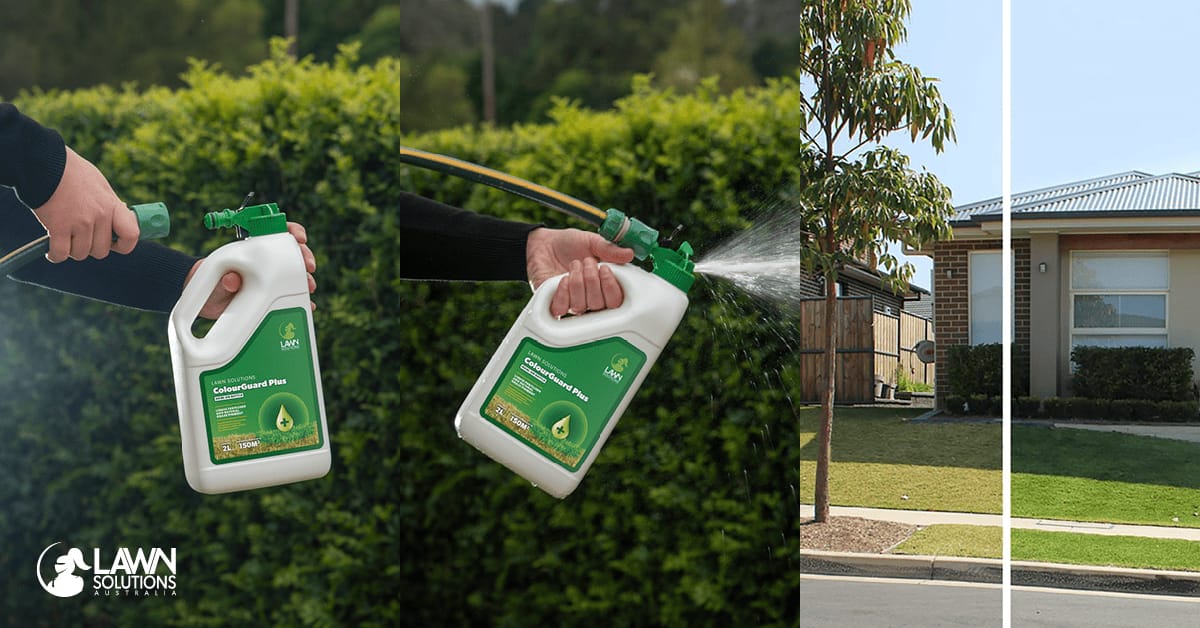
Common Mistakes to Avoid
Overfertilising your lawn can cause some major issues! It will cause sudden plant growth, paticularly leaf growth & thatch. This issue with this is that the roots will not experience the same amount of rapid growth and will then be unable to supply the amount of water and nutrients your lawn needs.
Your soils pH is very important, poor soil quality can lead to ongoing issues with your lawn. We’d definitely recommend testing your soils pH to ensure you are giving your lawn to correct amendments and fertilisers for it’s needs!
Applying fertilisers at the wrong time of day can be detramental to your lawn! Avoid burning your lawn and apply fertiliser in the late afternoon or early morning. Never during the middle of the day.
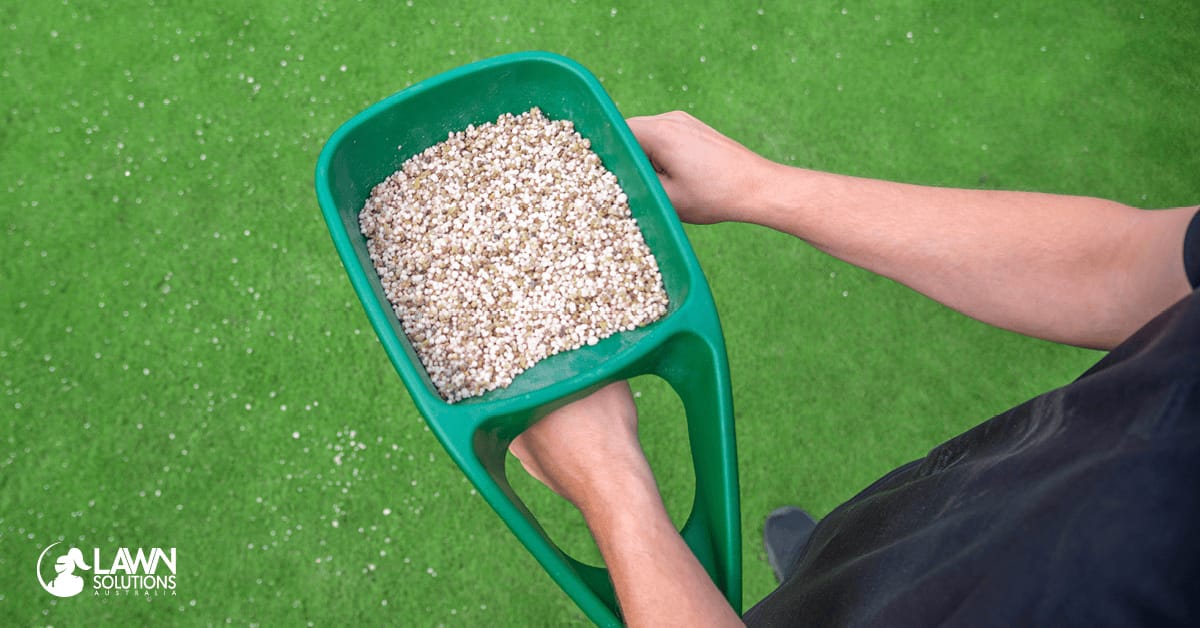
FAQs
Can I fertilise my lawn when it’s wet?
No, even though some fertiliser products need to be watered in on application. Applying fertiliser to your lawn when it is too wet can lead to the product failing and the plant not absorbing the nutrients. This includes both Granular and Liquid Fertiliser. Also, avoid fertilising right before heavy rain, as this can cause runoff and waste the fertiliser.

How do I know if my lawn needs fertiliser?
Signs that your lawn needs fertiliser include slow growth, a pale green or yellowish color, and thinning grass. Conducting a soil test can also help determine nutrient deficiencies and inform the appropriate fertiliser type and application rate.
What is the best time of day to fertilise my lawn?
The best time of day to fertilise your lawn is early in the morning or late in the afternoon. Avoid fertilising during the heat of the day, as high temperatures can cause the fertiliser to evaporate and potentially burn the grass.
Conclusion
Remember to always follow labelled rates and ensure you are purchasing the right fertiliser for your lawns needs! pH tests can be your best friend when working out what amendments and fertilises your lawn really needs!
A great way to keep on top of your fertilising would be to create yourself a little go to guide depending on your lawn type! Always feel free to reach out to our friendly staff with tips on the best fertilisers to use and when to use them!!
